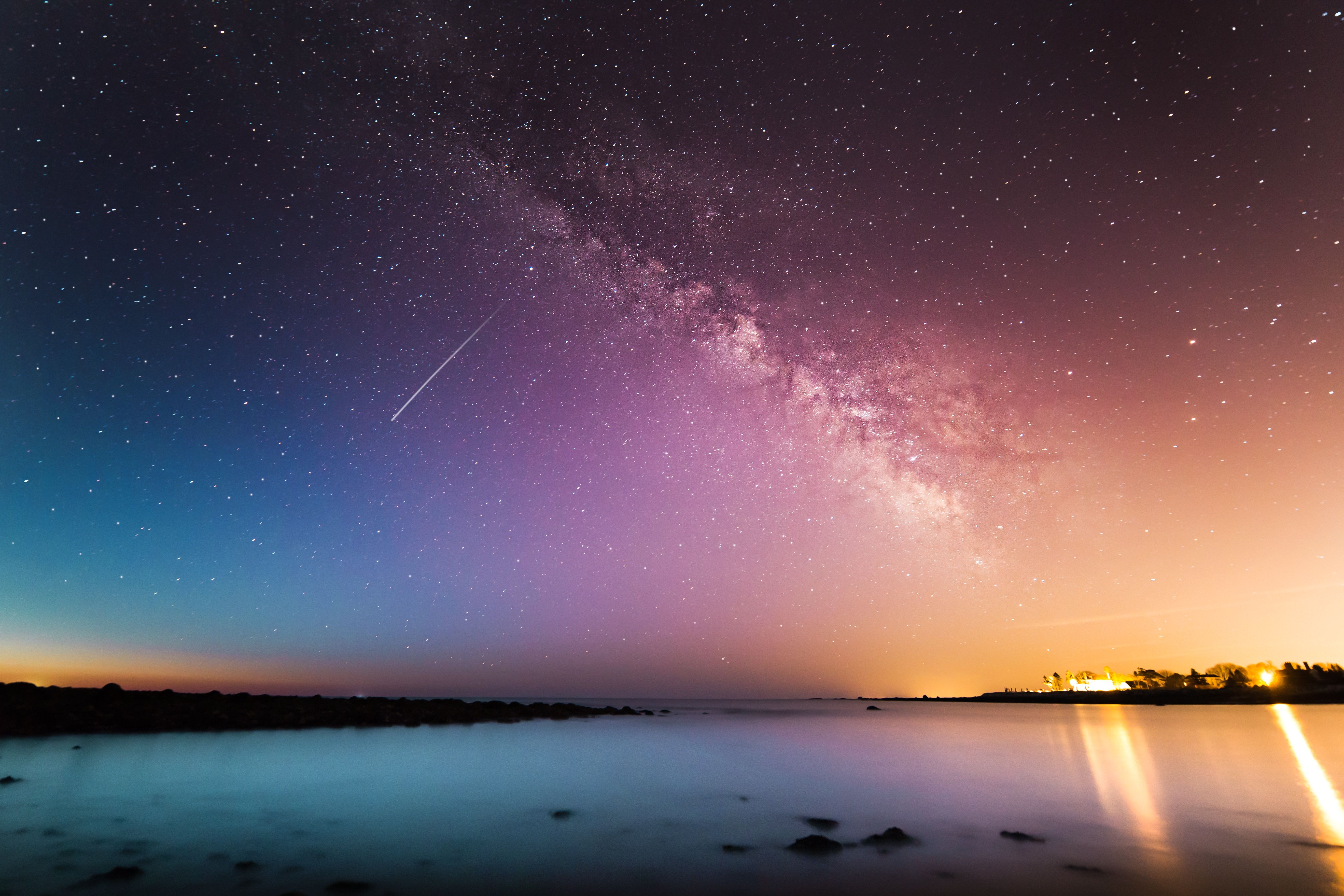Light seen ejecting from neutron star merger after a 110 day wait
In August 2017, researchers observed the first neutron star merger which was confirmed by visual astronomy. A neutron star merger event is a type of collision between two neutron stars. This binary neutron star merger was named GW170817 and had occurred 130 million light years away in a galaxy named NGC4993. For the observation of this event, scientists had made use of the Advanced Laser Interferometer Gravitational-Wave Observatory (Adv–LIGO) and Gamma Ray Burst (GRB) observation facilities.
A few weeks after the observation, the neutron star merger had hidden behind the glare of the sun. After a wait of 110 days, University of Warwick researchers have now been able to see light being ejected from this neutron star merger using the Hubble Space Telescope. An intense beam of light has been observed to be given out by the neutron star merger that, although off the centre of the Earth, is beginning to spread out in our direction.
After a wait of 110 days, Warwick researchers have now been able to see light being ejected from this neutron star merger using the Hubble Space Telescope
Two of the leading authors of the paper published in Nature Astronomy in July 2018 were Dr Joe Lyman and Professor Andrew Levan, both from the University of Warwick’s Department of Physics. Dr Lyman said that initially a visible light was detected that was being powered by the radioactive decay of heavy elements. This was a key prediction about the aftermath of collisions between neutron stars that was confirmed. The visible light is now gone and we instead see a jet of material being ejected to us at an angle and almost at the speed of light. “This is quite different than some people have suggested, that the material wouldn’t come out in a jet, but in all directions”, Dr Lyman noted.
Professor Levan added that if we were to look down at this beam, what we would see is a powerful burst of gamma rays. He said that these findings make it sound probable that neutron star mergers give rise to such powerful bursts of gamma rays that are yet only observed in small fractions because the jet does not always line up.
The visible light is now gone and we instead see a jet of material being ejected to us at an angle and almost at the speed of light
Dr Gavin Lamb from the University of Leicester’s Department of Physics and Astronomy, also the second author of the paper, explained that the behaviour of light from these jets can be used to determine the velocity of the material. “This will help us understand how these jets of material, travelling close to the speed of light, are formed and how they are accelerated to these phenomenal velocities.”

Comments